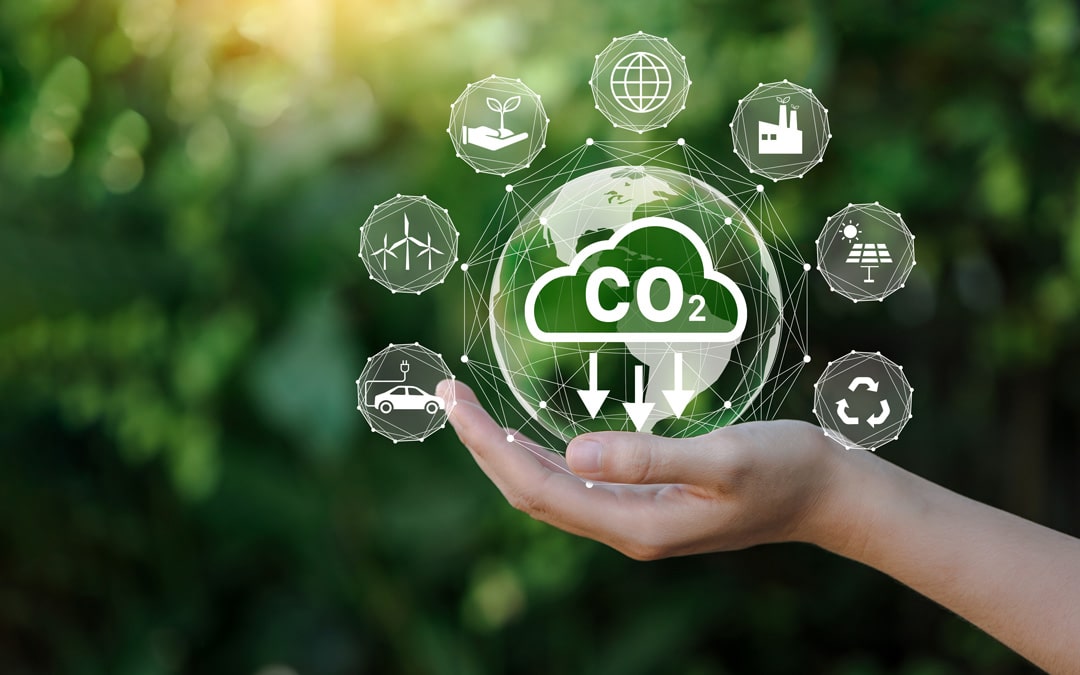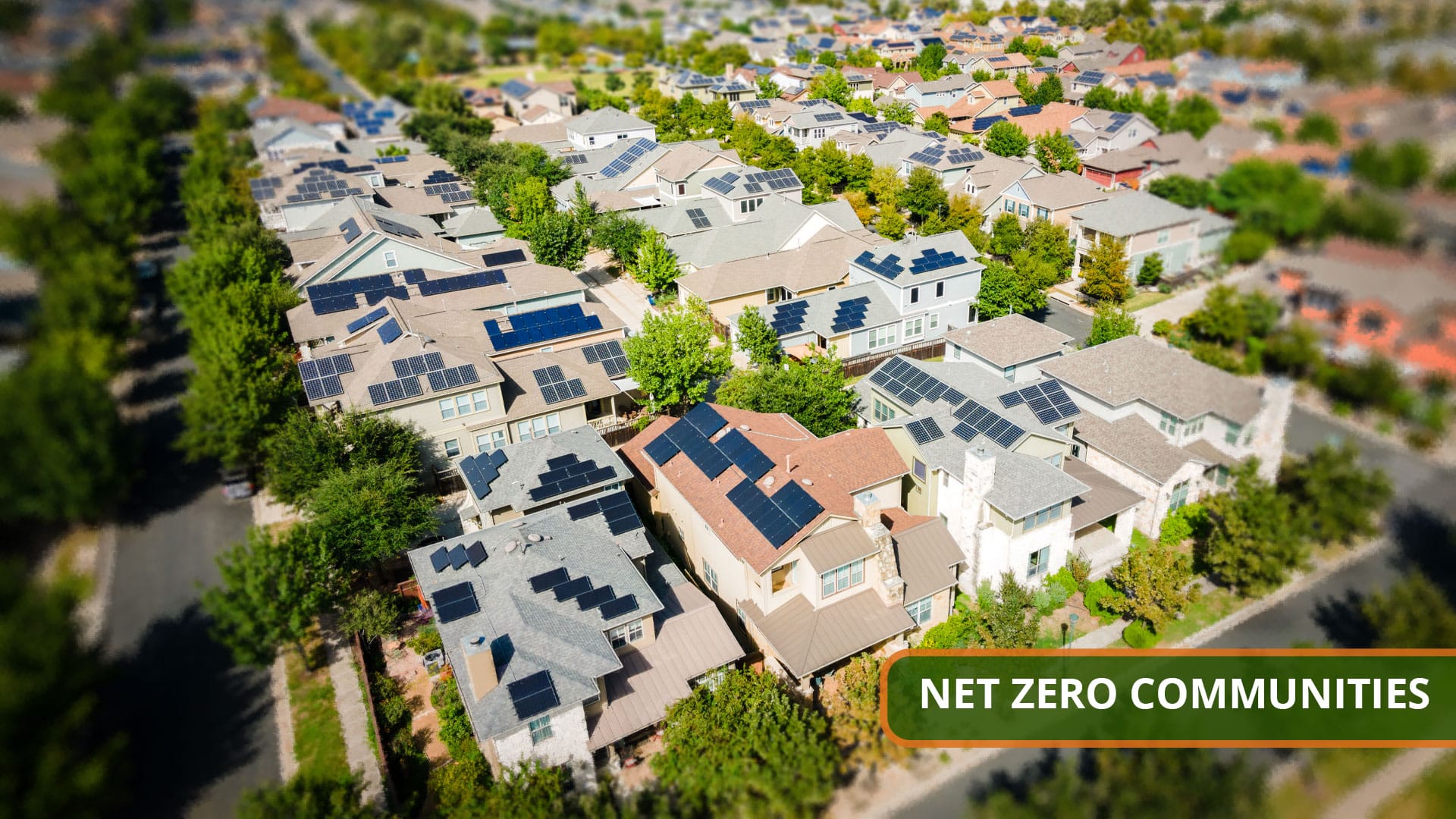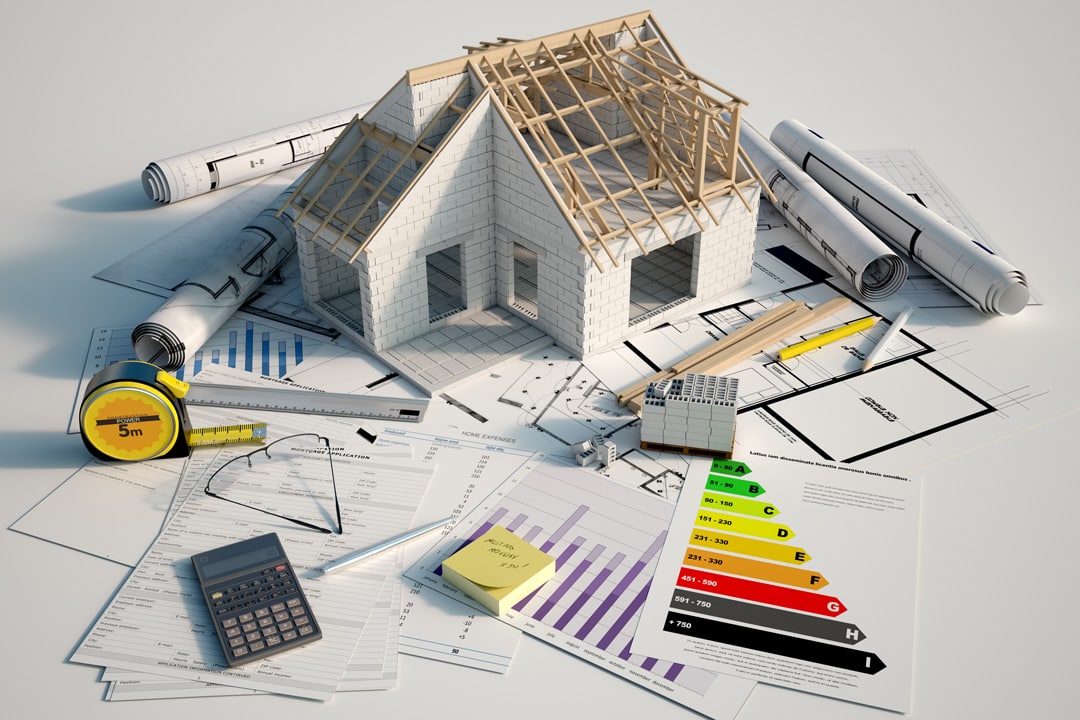Defining Net Zero
There’s been a lot of talk about “net zero” lately from politicians and the media, but what exactly does it mean? Simply put, net zero means cutting greenhouse gas emissions to as close to zero as possible with any remaining emissions reabsorbed from the atmosphere through natural carbon sinks such as forests and oceans, or through new carbon capture technologies, such as the large-scale carbon-capture facility that recently opened in the UK. Examples of net zero facilities and construction range from Build NATiVE Homes, to the Houston Advanced Research Center, a LEED Certified net-zero commercial R&D Center.
Global Emissions Agreements
As stipulated in the Paris Agreement, global emissions must reach net zero by 2050 in order to avert the worst impacts of climate change and preserve a livable planet. While over 70 countries, including the biggest polluters, have pledged to reach net zero in time, commitments made by governments to date have fallen short of what is required.
Reaching this goal will require all governments, especially the largest emitters (i.e. China, the United States, India, and Russia) to strengthen their contributions and take bold, immediate steps towards reducing emissions.

NATiVE’s Net Zero Roots
Prior to becoming an solar EPC (Engineering Procurement and Construction), NATiVE actually began as a net zero home builder offering sustainable designs and construction of homes. Founded in the Texas Hill Country in 2007 under the name Hill Country EcoBuilders (HCEB), the mission at the time was to build affordable zero-energy custom green homes, complete with rainwater harvesting and solar power (some even with wind power). With the knowledge gained from building market leading, net zero energy homes with renewable energy systems, HCEB spun off Hill Country EcoPower in 2009 to focus solely on renewable energy system integrations.
Eventually, these two companies merged under the same name, NATiVE. In 2018, the construction side of the NATiVE business became Build NATiVE, still offering custom green construction in Austin and its surrounding communities. The solar side of the company grew, taking on members from other solar companies, creating NATiVE Solar. While NATiVE Solar now focuses entirely on the sale, design, installation, and maintenance of residential and commercial solar systems, aiding projects in achieving net zero through renewable energy systems is still a priority.
The Woodlands GREEN Builds on Net Zero
The Woodlands GrassRoots Environmental Education Network (GREEN) is an organization NATiVE is currently working with that promotes net zero strategies including natural resource conservation, recycling, solid waste reduction, safe and sensible care of our air and water resources, and other responsible actions that protect the environment and it foster sustainability in The Woodland’s Township and greater community. Located in the Greater Houston area, this township strives to cultivate resilience within the growing township and further demonstrate and showcase its net zero community with electric transportation, solar power, rainwater collection, and wildlife protection, to name a few.
Whisper Valley – A Master Planned Case for Net Zero Communities
Another example of of a community planned to showcase its net zero efforts is Whisper Valley near, in Manor, TX, a growing suburb of Austin. With leading-edge technology and sustainable practices, this community demonstrates advances in geothermal, solar, and conservation technology, allowing residents to reduce their carbon footprint and live in harmony with nature. Community gardens, geothermal heat pumps, high-efficiency appliances, home energy monitoring systems, solar power, electric vehicle chargers, and energy storage systems all help conserve and preserve natural and financial resources for residents. Homes produce 70% less energy than traditional homes, while also generating plenty of energy themselves.
The Future of Sustainable Ecosystems
Communities like Whisper Valley and the Woodlands offer us a blueprint as to how our country (and the world) can become net zero with cleaner energy. Embracing green technology advancements, reducing needless energy waste, and improving local access to food and water will make a huge difference, especially when these challenges are tackled together. NATiVE is here to bring the world’s cheapest alternative energy source, solar PV, into the homes of more Texans, offering them savings and energy security while aiding the country in the energy transition needed to maintain the integrity and resilience needed to support Texas Power Grids and an aged electrical infrastructure development roadmap for Mother Earth.
Receive a Complimentary Quote
Discover how much solar can save you! With energy costs increasing, Texans can now pay back the costs of their solar system in 4 to 7 years, making solar a wise financial investment that can save homeowners money for years to come.



































Leave A Comment